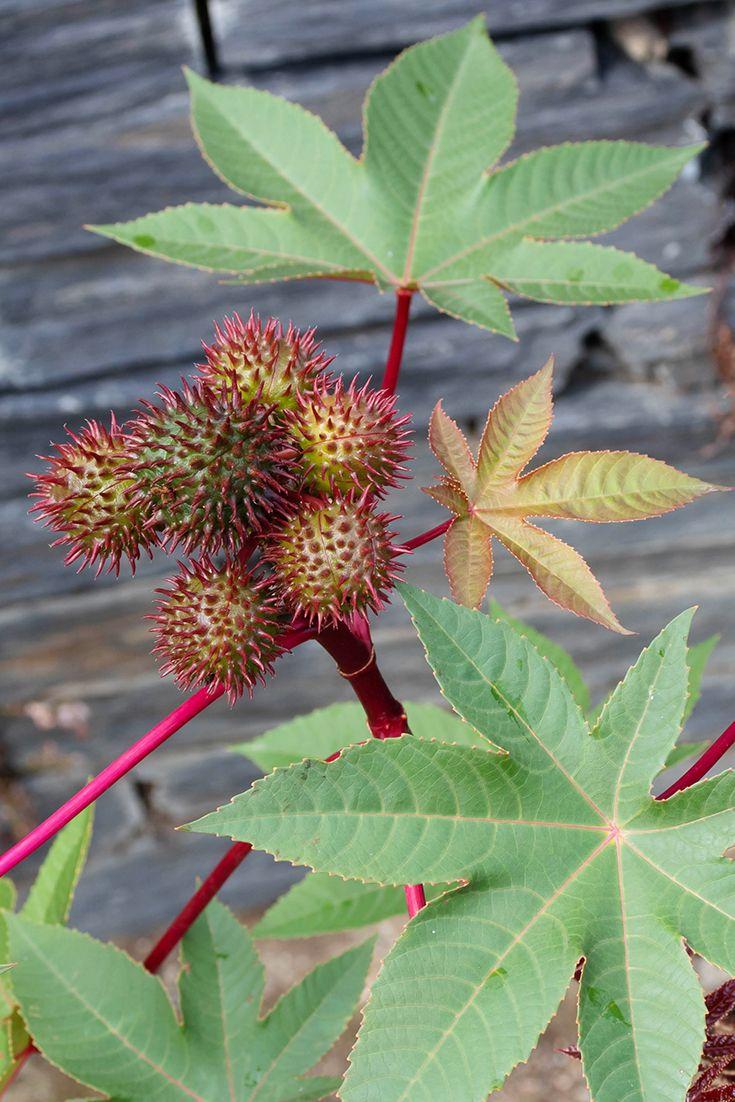
Castor bean (Ricinus communis)
Castor bean, also known as Maple weed, Palm of christ
The castor bean is valued for its oil, which finds use in lubricants, biodiesel, and as a rodent repellent, among other applications. While castor plants are commercially cultivated worldwide, India is the leading producer, accounting for approximately 85-90% of global castor oil production. It's important to note that castor beans are inedible due to the presence of a potent toxin that is released when the seeds are broken.
Key Facts About Castor bean
Attributes of Castor bean
Lifespan
Annual, Perennial, Biennial
Plant Type
Herb
Plant Height
5 m to 12 m
Spread
1.2 m to 2.5 m
Leaf Color
Green Red Purple
Flower Size
1 cm to 1.5 cm
Flower Color
Yellow Red White
Scientific Classification of Castor bean
Phylum
Vascular plants
Class
Dicotyledons
Order
Nances, spurges, willows and allies
Family
Spurge
Genus
Castor Bean
Species
Castor bean
Toxicity
Ingestion or contact with sap